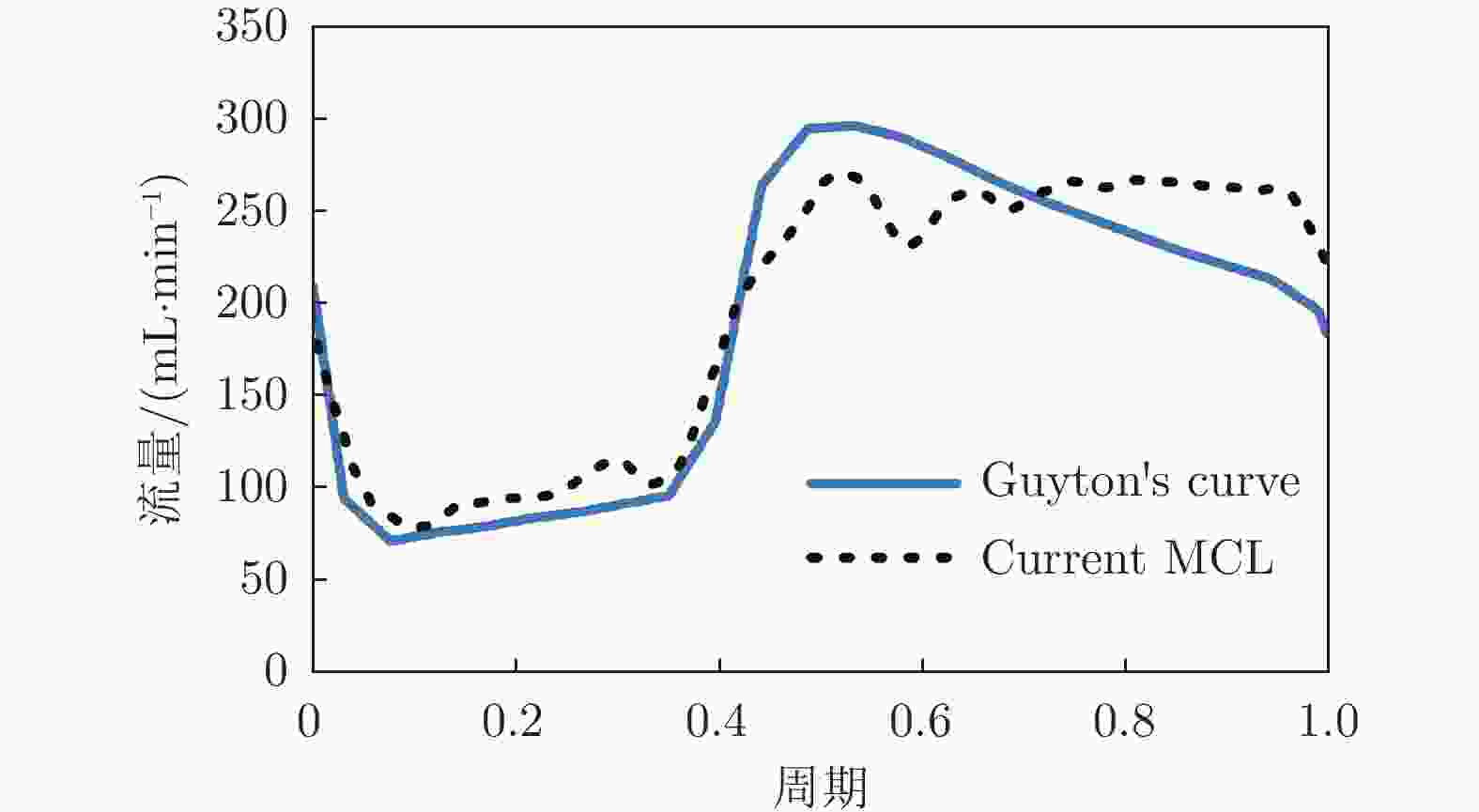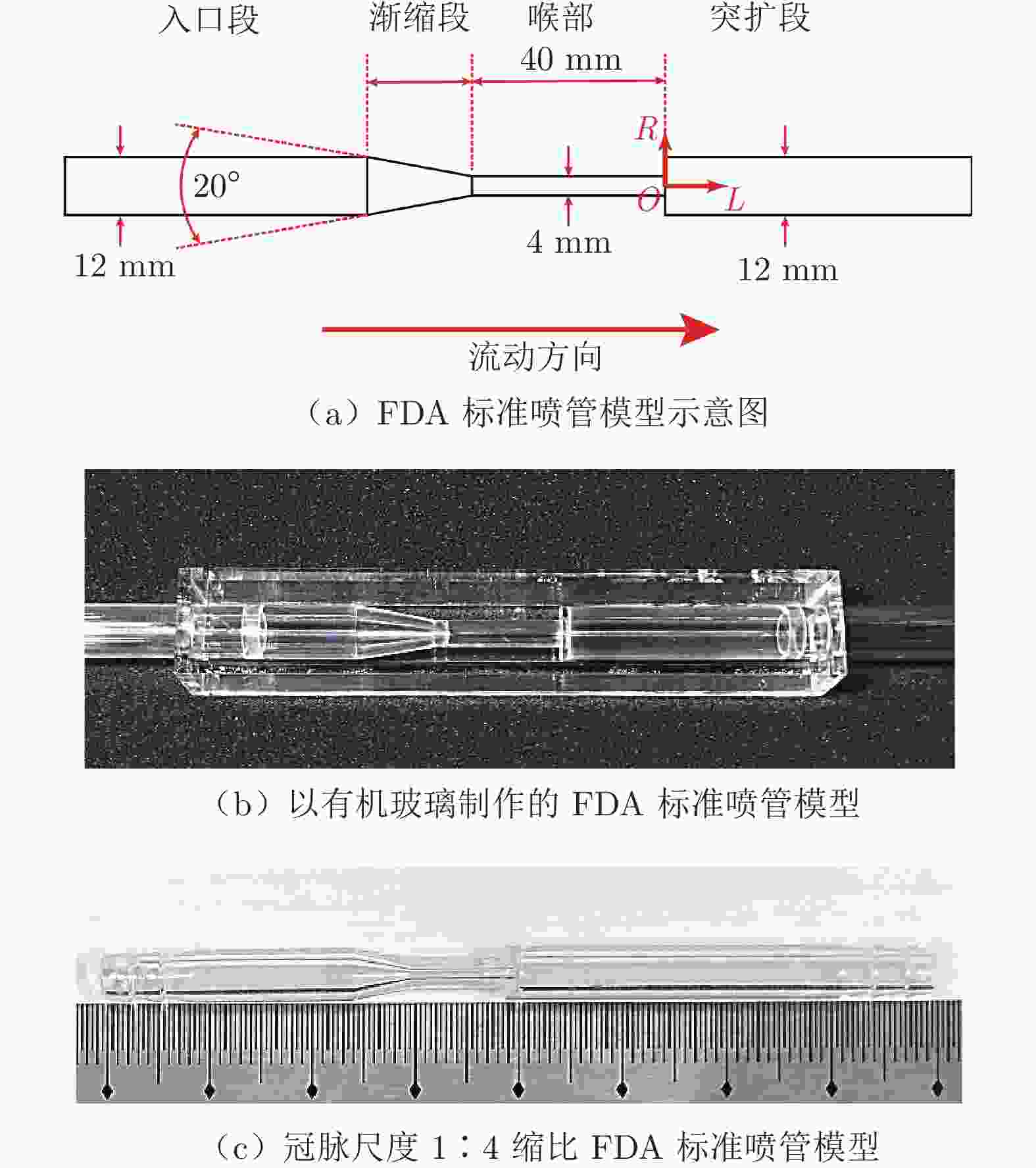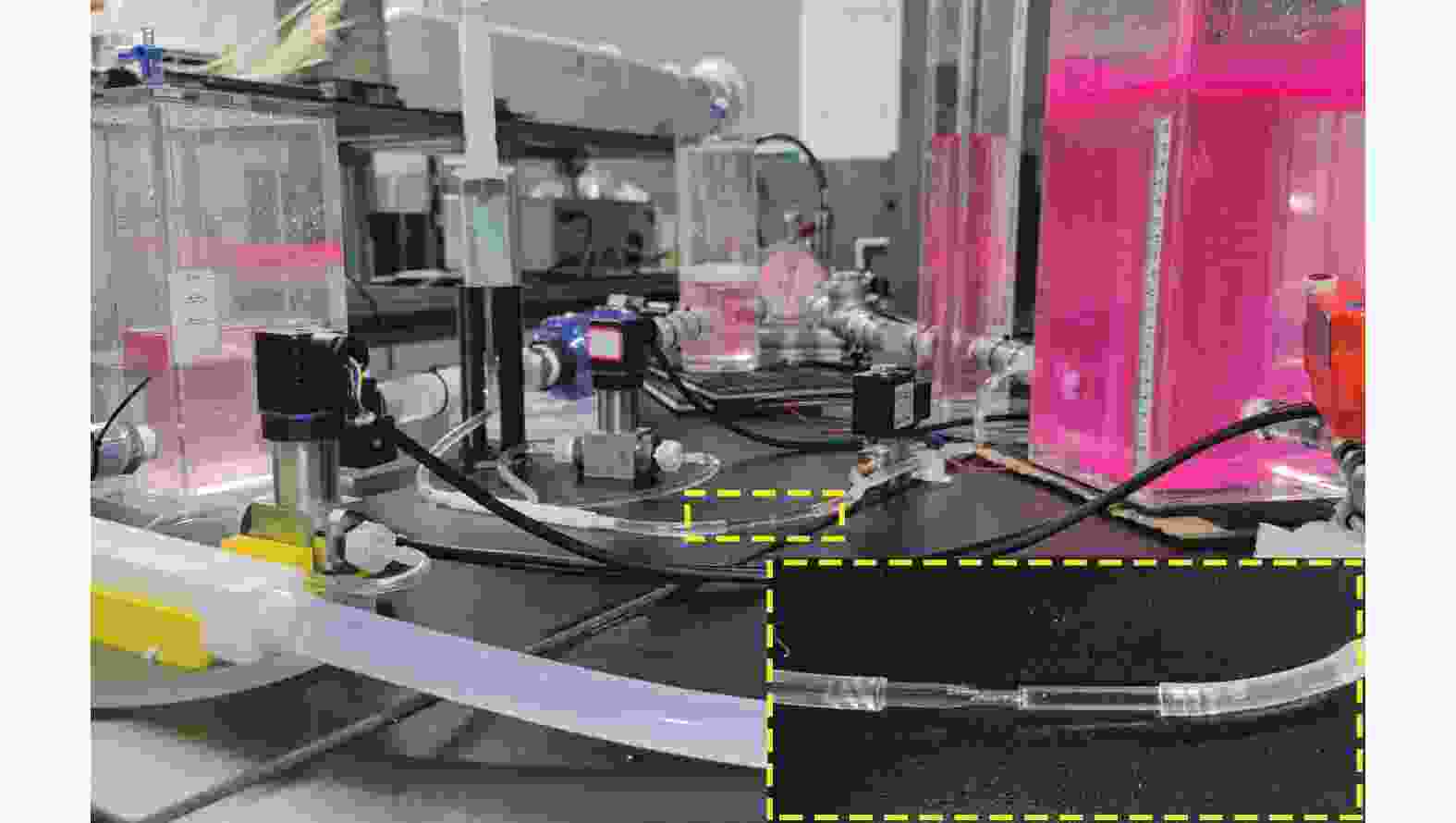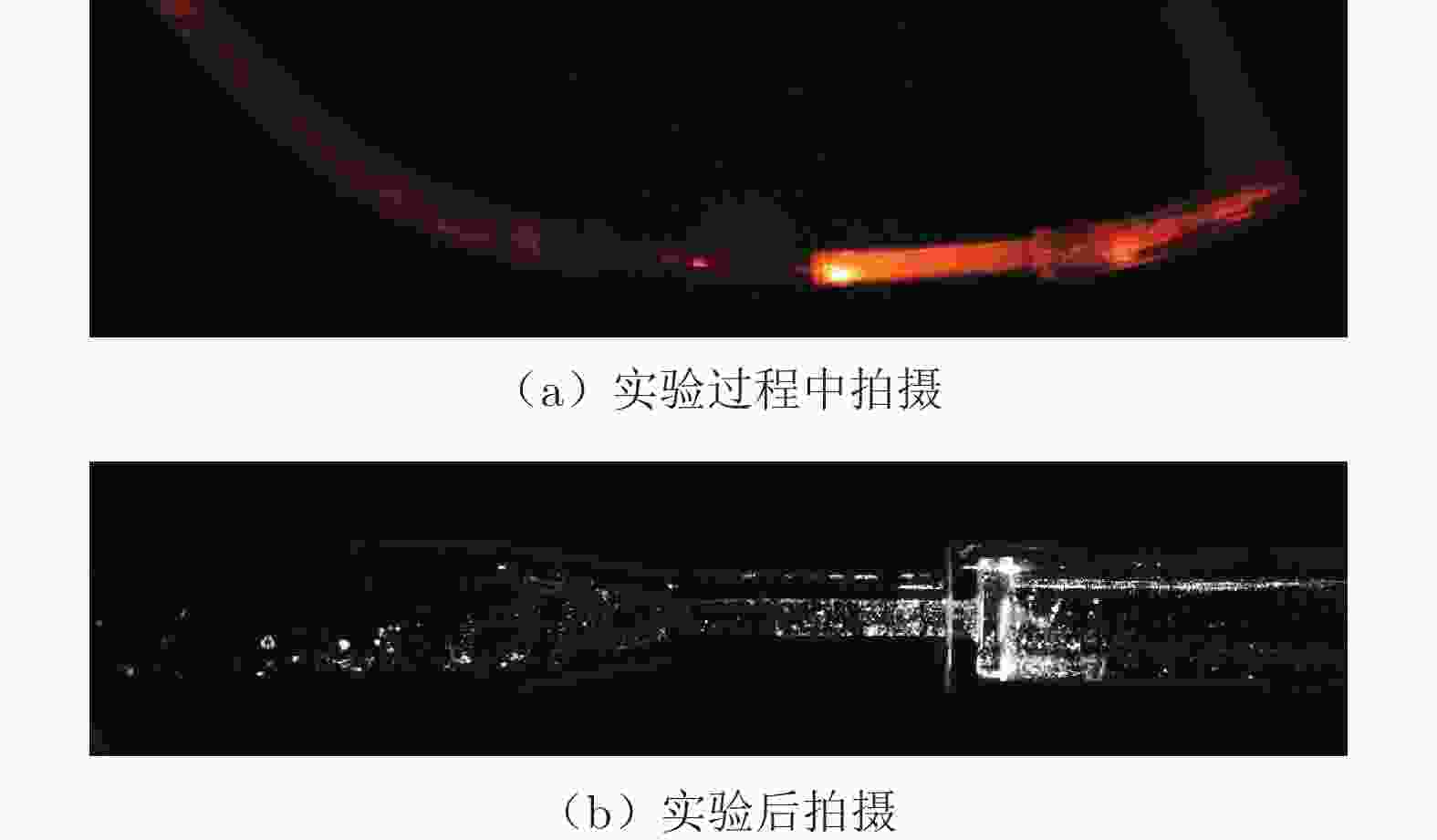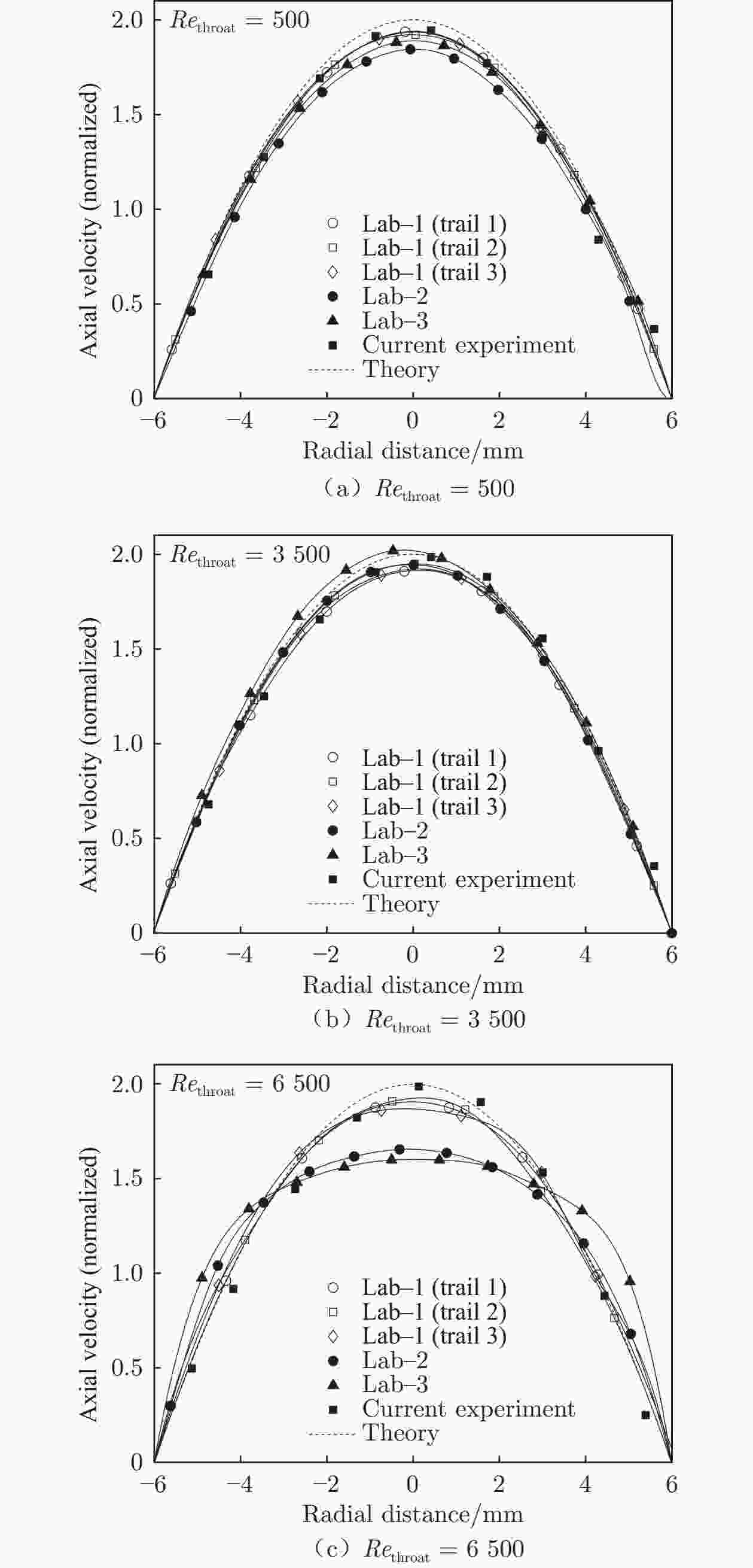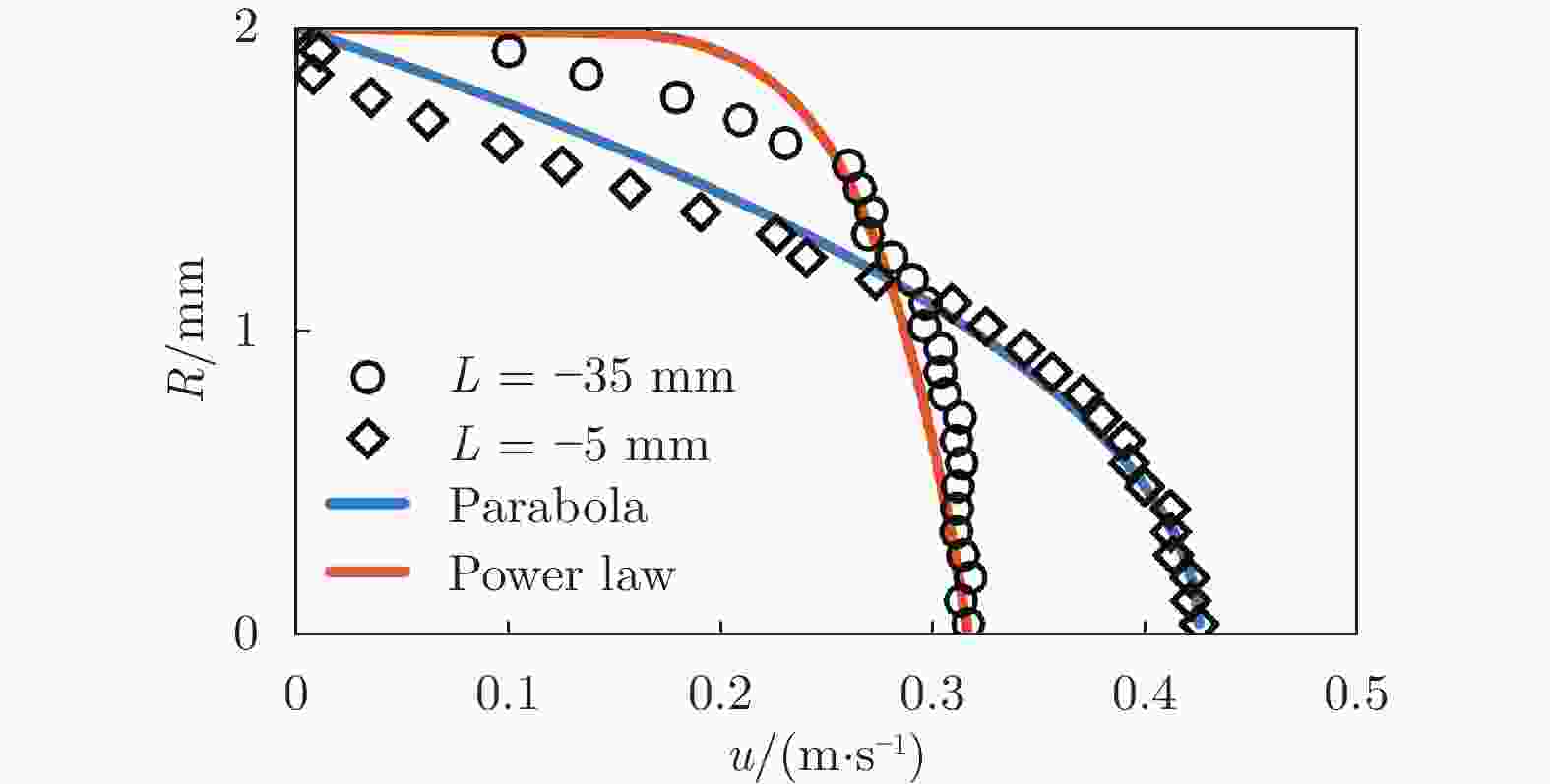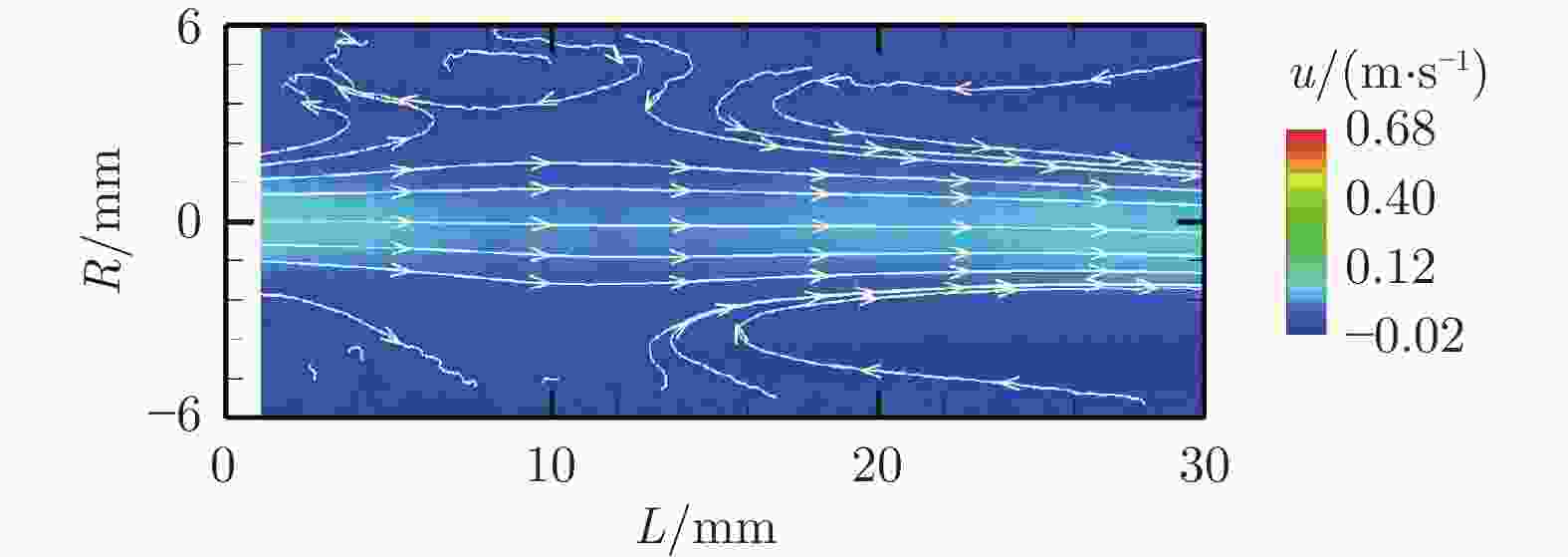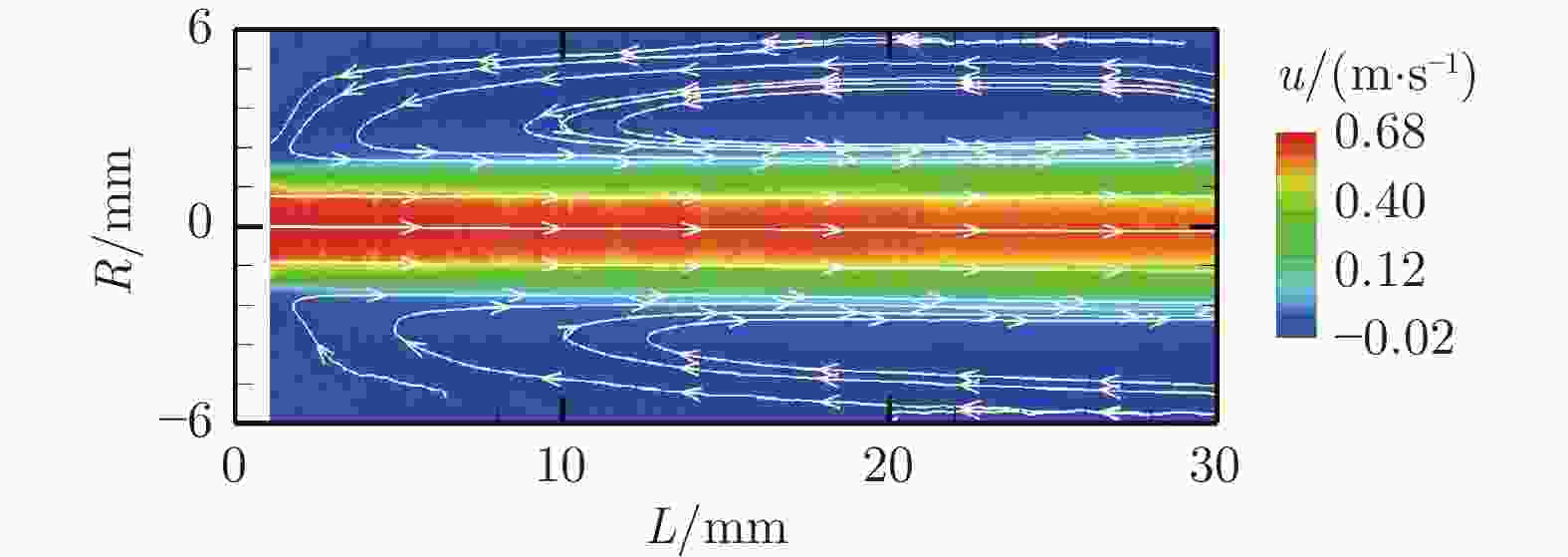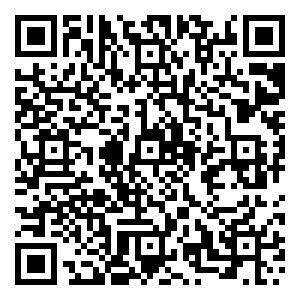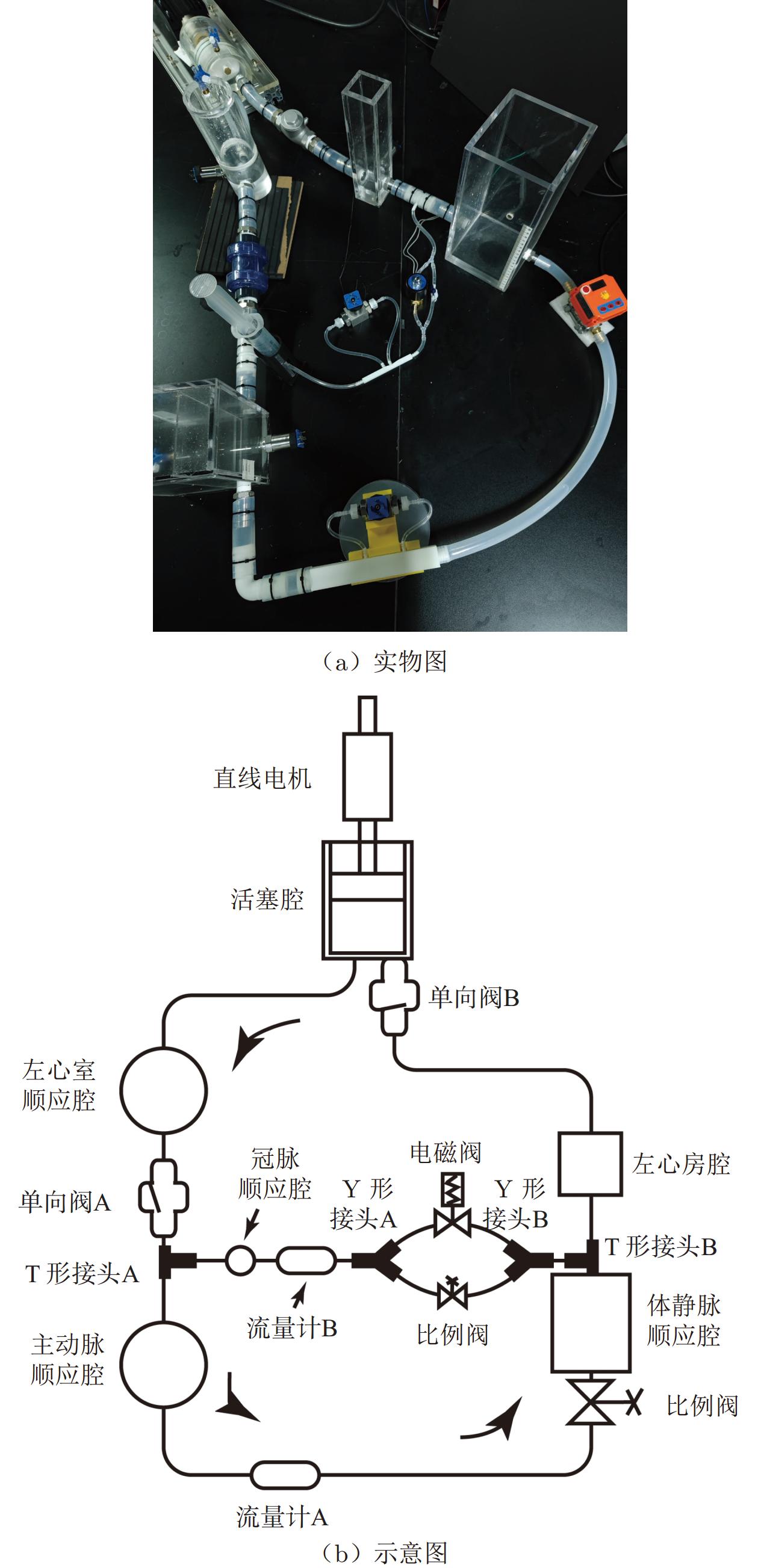| [1] |
TSAO C W, ADAY A W, ALMARZOOQ Z I, et al. Heart disease and stroke statistics-2022 update: a report from the American heart association[J]. Circulation, 2022, 145(8): e153–e639. doi: 10.1161/CIR.0000000000001052
|
| [2] |
ADNAN G, SINGH D P, MAHAJAN K. Coronary Artery Thrombus[M]//Treasure Island (FL): StatPearls Publishing, 2022.
|
| [3] |
BURKE A P, KOLODGIE F D, FARB A, et al. Healed plaque ruptures and sudden coronary death: evidence that subclinical rupture has a role in plaque progression[J]. Circulation, 2001, 103(7): 934–940. doi: 10.1161/01.cir.103.7.934
|
| [4] |
AMBROSE J A, SINGH M. Pathophysiology of coronary artery disease leading to acute coronary syndromes[J]. F1000Prime Reports, 2015, 7: 08. doi: 10.12703/P7-08
|
| [5] |
DAVIES M J, THOMAS A. Thrombosis and acute coronary-artery lesions in sudden cardiac ischemic death[J]. The New England Journal of Medicine, 1984, 310(18): 1137–1140. doi: 10.1056/NEJM198405033101801
|
| [6] |
SALAZAH A E. Experimental myocardial infarction[J]. Circulation Research, 1961, 9(6): 1351–1356. doi: 10.1161/01.res.9.6.1351
|
| [7] |
WILLERSON J T, GOLINO P, EIDT J, et al. Specific platelet mediators and unstable coronary artery lesions. Experimental evidence and potential clinical implications[J]. Circulation, 1989, 80(1): 198–205. doi: 10.1161/01.cir.80.1.198
|
| [8] |
CAPPON F, WU T T, PAPAIOANNOU T, et al. Mock circulatory loops used for testing cardiac assist devices: a review of computational and experimental models[J]. The International Journal of Artificial Organs, 2021, 44(11): 793–806. doi: 10.1177/03913988211045405
|
| [9] |
KHUDZARI A Z M, KADIR M R A, OSMAN K, et al. Mock circulatory loop for cardiovascular assist device testing[M]//DEWI D E O, HAU Y W, KHUDZARI A Z M, et al. Cardiovascular Engineering. Singapore: Springer, 2020: 177-200.
|
| [10] |
XU K W, GAO Q, WAN M, et al. Mock circulatory loop applications for testing cardiovascular assist devices and in vitro studies[J]. Frontiers in Physiology, 2023, 14: 1175919. doi: 10.3389/fphys.2023.1175919
|
| [11] |
PARK Y K, MITA Y, OKI E, et al. Quantitative Evaluation for Anastomotic Technique of Coronary Artery Bypass Grafting by using In-vitro Mock Circulatory System[C]//Proc of the 2007 29th Annual International Conference of the IEEE Engineering in Medicine and Biology Society. 2007: 2705-2708.
|
| [12] |
PARK Y K, MITA Y, OKI E, et al. Development of “Patient Robot”; Training Robot based on Quantitative Analysis of Surgical Technique[C]//Proc of the First IEEE/RAS-EMBS International Conference on Biomedical Robotics and Biomechatronics. 2006: 318-322.
|
| [13] |
CALDERAN J, MAO W B, SIROIS E, et al. Development of an in vitro model to characterize the effects of transcatheter aortic valve on coronary artery flow[J]. Artificial Organs, 2016, 40(6): 612–619. doi: 10.1111/aor.12589
|
| [14] |
STOCK S, SCHARFSCHWERDT M, MEYER-SARAEI R, et al. In vitro coronary flow after transcatheter aortic valve-in-valve implantation: a comparison of 2 valves[J]. The Journal of Thoracic and Cardiovascular Surgery, 2017, 153(2): 255-263. E1.
|
| [15] |
HORNY L, CHLUP H, VESELY J, et al. In vitro coronary stent implantation: vessel wall-stent interaction[C]//JOBBÁGY Á. 5th European Conference of the International Federation for Medical and Biological Engineering: Vol. 37. Berlin, Heidelberg: Springer, 2011: 795-798.
|
| [16] |
HARIHARAN P, GIARRA M, REDDY V, et al. Multilaboratory particle image velocimetry analysis of the FDA benchmark nozzle model to support validation of computational fluid dynamics simulations[J]. Journal of Biomechanical Engineering, 2011, 133(4): 041002. doi: 10.1115/1.4003440
|
| [17] |
RABEN J S, HARIHARAN P, ROBINSON R, et al. Time-resolved particle image velocimetry measurements with wall shear stress and uncertainty quantification for the FDA nozzle model[J]. Cardiovascular Engineering and Technology, 2016, 7(1): 7–22. doi: 10.1007/s13239-015-0251-9
|
| [18] |
STEWART S F C, PATERSON E G, BURGREEN G W, et al. Assessment of CFD performance in simulations of an idealized medical device: results of FDA’s first computational interlaboratory study[J]. Cardiovascular Engineering and Technology, 2012, 3(2): 139–160. doi: 10.1007/s13239-012-0087-5
|
| [19] |
STIEHM M, WÜSTENHAGEN C, SIEWERT S, et al. Numerical simulation of pulsatile flow through a coronary nozzle model based on FDA’s benchmark geometry[J]. Current Directions in Biomedical Engineering, 2017, 3(2): 775–778. doi: 10.1515/cdbme-2017-0163
|
| [20] |
GUYTON A C, HALL J E. Textbook of medical physiology[M]. 11th ed. Philadelphia: Elsevier Saunders, 2006.
|
| [21] |
LIU G M, ZHANG Y, CHEN H B, et al. Platelet deposition estimation: a novel method for emulating the pump thrombosis potential of blood pumps[J]. Artificial Organs, 2020, 44(5): 465–472. doi: 10.1111/aor.13620
|
| [22] |
LIU G M, CHEN H B, HOU J F, et al. Platelet adhesion emulation: a novel method for estimating the device thrombosis potential of a ventricular assist device[J]. The International Journal of Artificial Organs, 2020, 43(4): 252–257. doi: 10.1177/0391398819885946
|







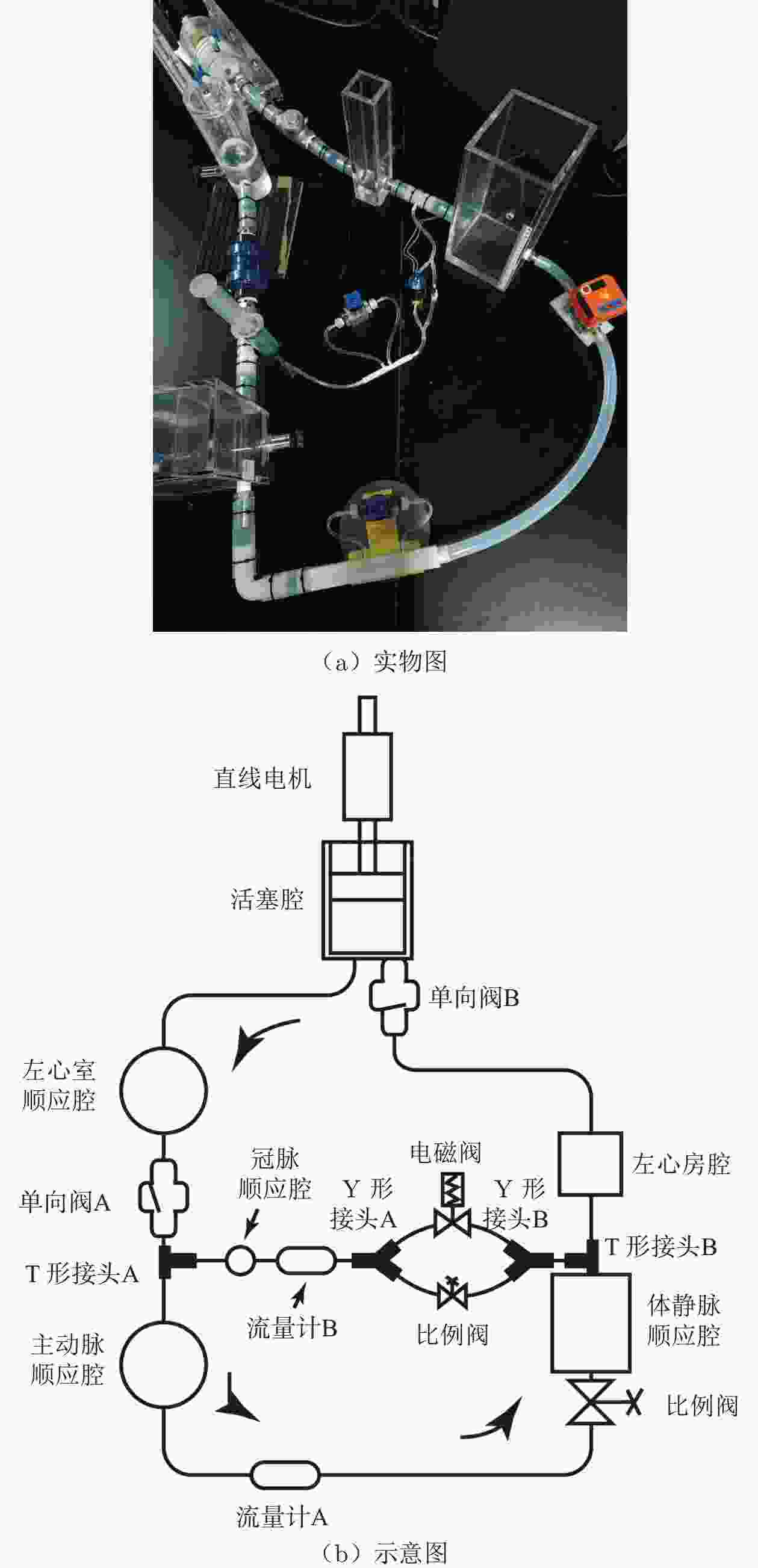
 下载:
下载:
